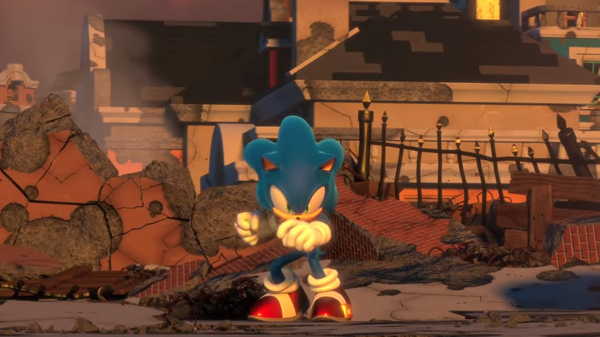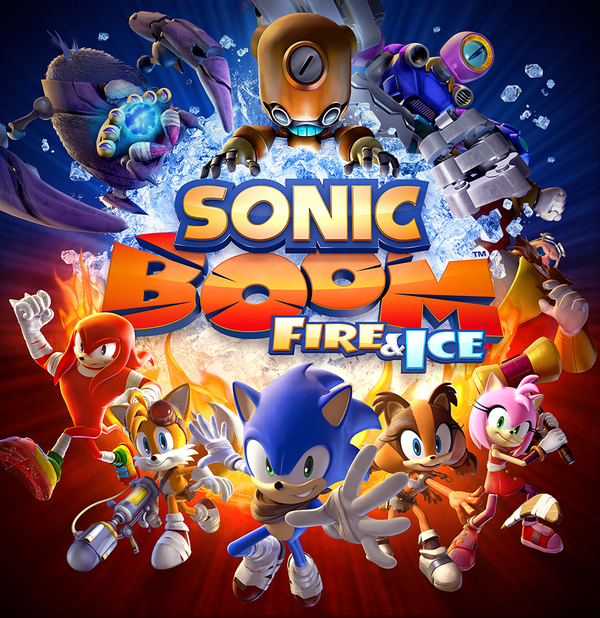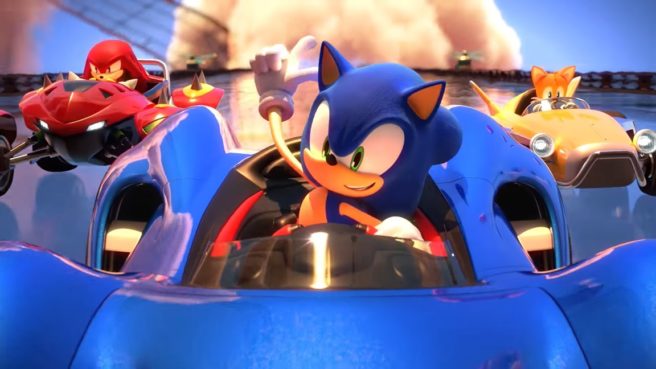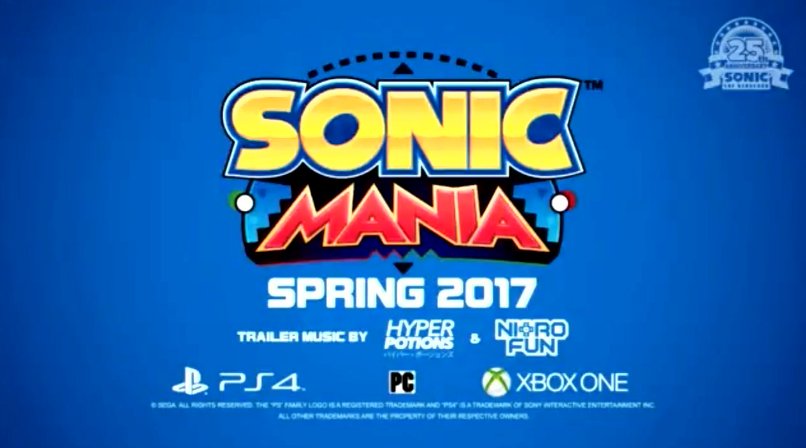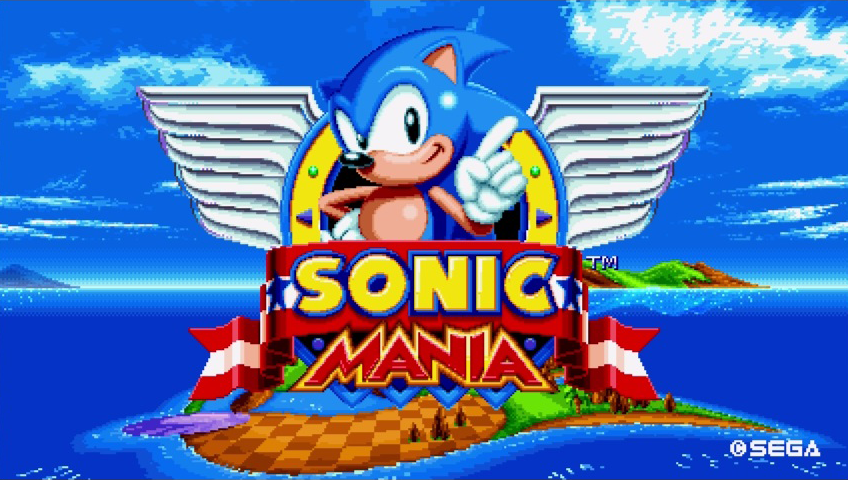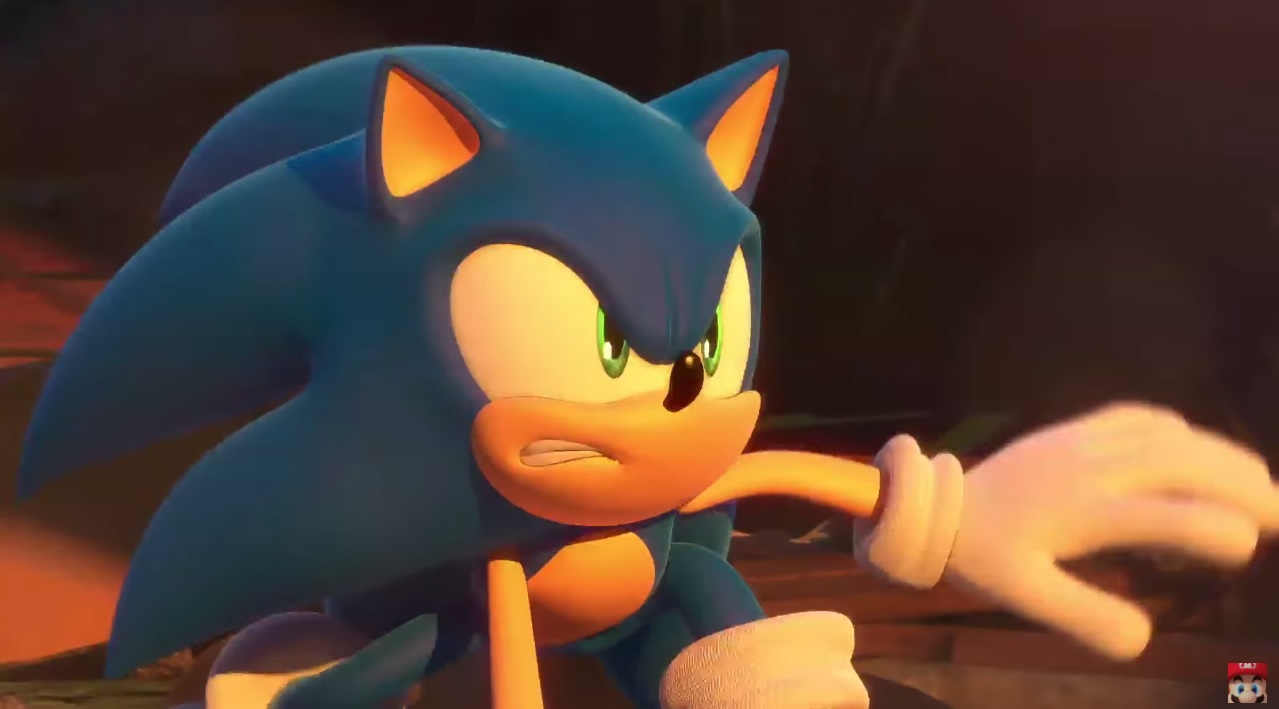
After five years of waiting, Sonic fans are finally getting a true sequel to the gameplay style of Sonic Colours and Sonic Generations – Sonic Forces. And now, I’ve finally been able to play it at Sega’s E3 booth, where the game’s Producer Shun Nakamura, and head of Sonic Team, Takashi Izuka, were on hand to talk me through the concept behind the game, and what they want to deliver for fans.
Nakamura admits that much of the time between Generations and now was spent experimenting, messing around with the gameplay and bringing ‘new gameplay experiences to the players’, most likely describing the Sonic Lost World and Sonic Boom titles that released to a mixed reception. However, the team has returned to the formula established in Sonic Generations that sees a Modern Sonic race through a 3D, yet narrow, racetrack stretched through a beautiful level; while a Classic version of Sonic from his Mega Drive days plays through the same level, but with a 2D gameplay style and different challenges and enemies to overcome.
Each zone in the game has a Modern stage (or ‘Sonic Stage’), a Classic stage and one more – a stage based on a new gameplay style called an ‘Avatar stage’. This fulfils the dreams of millions of Sonic fans with DeviantArt accounts, as it lets you customise your own Sonic hero from a range of pre-built elements and join the action with your own Original Character. According to Iizuka, this has been part of the concept for Sonic Forces from the very beginning – the poor man has been receiving letters from fans for over two decades, sending him pictures of characters they’ve created, which still persists with the advent of social media. This is Sonic Team’s way of finally giving the fans what they want, while still integrating it into the concept and tone they’re going for in Sonic Forces.
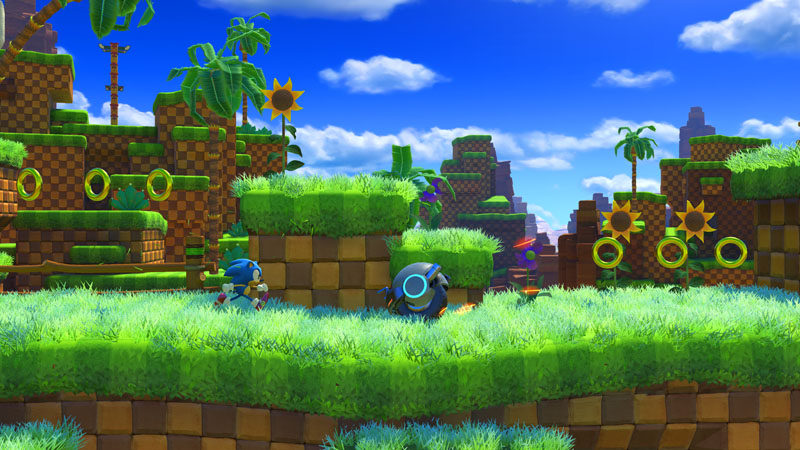
Sonic Forces presents a world that has been taken over – 99% taken over, in fact, by Dr. Eggman. Nakamura and Iizuka’s concept for the story was to challenge the player by asking them – how would Sonic respond, and more importantly what would you do about it? While they realise the marketing so far has been more dark and serious compared to other recent Sonic titles, with revolution-esque imagery, they describe the actual game as the story of “how can you, as a hero, overcome these challenges and take back the world?”
The Modern and Classic Sonic Forces stages feel very similar to their Generations counterparts. Modern Sonic is blisteringly fast, able to charge ‘boost’ from defeating enemies and then blasting through a stage at mach speed, all while his many friends talk to him over the radio (Knuckles, Amy and yes, even Vector). Classic Sonic is slower and a little tougher, although I only played a boss level from Green Hill Zone in the E3 demo, it needed a little more tactical thinking. What started as a simple fight against a slow moving Eggman in his little egg-flyer soon morphed into a much larger battle against the ‘Egg Dragoon’ – dodging drills and other projectiles he launches from the background, while trying to send some flying back towards him to damage him.
The Avatar stage was the slowest of the three, although still faster than your average platformer. The original character can’t boost or spindash, but instead has their own ways of getting around, relying on Wisp-power-ups found throughout their 2D levels. Your Avatar can be equipped with different gadgets, or weapons, like a flamethrower, with obvious applications, or a lightning whip, which can be used to grapple onto enemies and slam into them, or take out rows of enemies with a power-up. The stage ended with a brief boss battle as the character was chased by a giant robot spider – the stage moved into a basic running section in 3D, with L1 and R1 quickly moving the character between ‘lanes’ to avoid projectiles, before ending with a short quicktime event to take down the beast.
Across all three gameplay styles, one difference that fans are sure to notice is that you can no longer collect rings that you drop when hit. Sonic Forces gives you infinite lives, and while you’ll still need to hopefully hang on to at least one ring to survive multiple hits, the game has been balanced so you shouldn’t need, or count on, collecting lost rings.
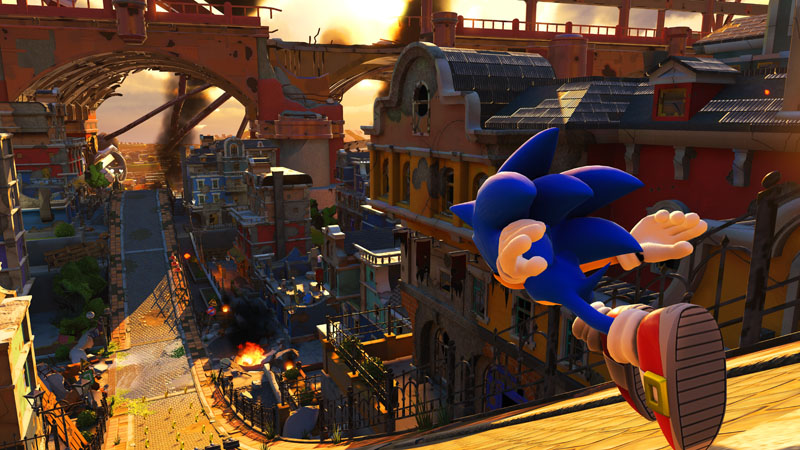
The main pillar of modern Sonic titles, according to Nakamura, is high-speed action. Sonic Team don’t believe they see anywhere near the same level of high-speed action they deliver in Sonic, so it’s that aspect in particular they really wanted to build upon. The challenge, for them, was finding the balance in the Avatar/Original Character levels in making them slow enough so as not to supplant Sonic, but also fast enough to feel as if they belong in a Sonic game, driving them to find a unique solution in their ‘gadgets’.
Sonic Forces certainly ticks almost every box Sonic fans have had on their list for years – Sonic Generations gameplay, a more serious Sonic comic-esque story, the ability to make your own Original the Character… There even seems to be appearances from every beloved character, even if they’re not playable. Before I left, I did have to ask both Nakamura and Iizuka what their own favourite Sonic characters were. Nakamura played it safe – “Sonic”. As for Iizuka? Being the wild card that he is, didn’t hesitate and flashed a cheeky grin, “Shadow”. The man knows what the fans love.


